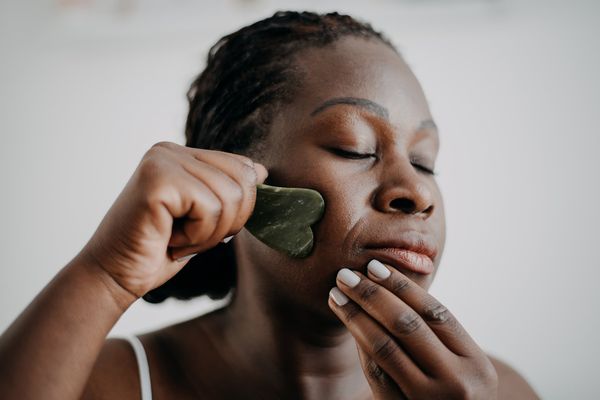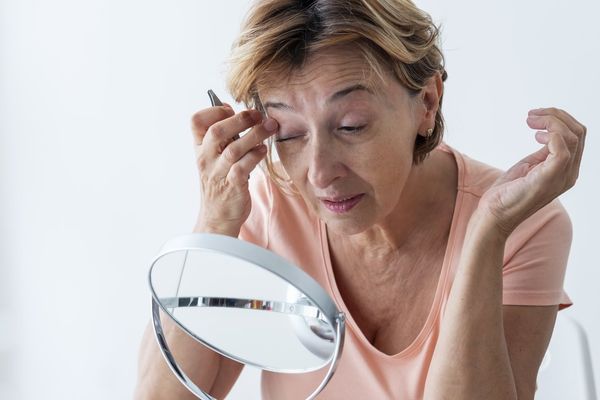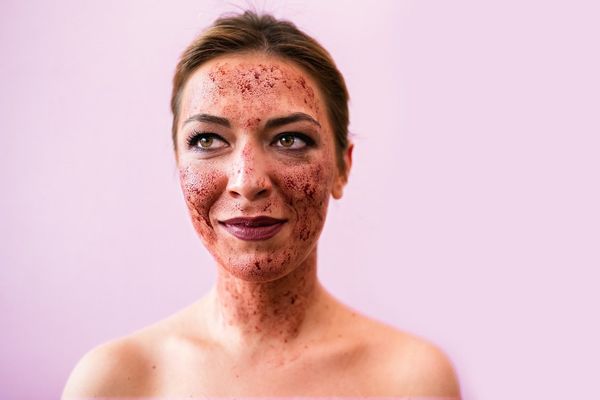"It's aesthetically unacceptable."
"It's ugly."
"I want to get rid of it."
Cellulite is a scourge for many. If you suffer with it, you've likely uttered one of the above phrases (or perhaps something not fit for print!).
Cellulite affects mostly women. (Aren't we the lucky ones?) It develops when fat deposits push up on the skin, giving it that all-too-familiar dimpled, lumpy look.
It's estimated that 85 percent to 98 percent of all women over the age of 20 have cellulite, says dermatologist Tina B. West, MD, of the West Institute for skin, laser and body contouring in Chevy Chase, Maryland.
One reason women get more cellulite than men is the way their septae—the underlying bands connecting muscle to skin—are structured. In women, the septae run vertically, giving that underlying fat more room to push up against the skin, while the cords pull down. Voila! An uneven surface with dimpling and deep grooves.
Men, on the other hand, have the advantage of more plentiful and thicker bands that run in a crisscross pattern, making fat less likely to bulge out.
Cellulite is most apparent on the buttocks and thighs, though it can appear on the upper arms and abdomen—basically, in places where fat is stored.
This may not be what you want to hear or read, but here's the truth: You may not be able to avoid cellulite. You can try to minimize it with good healthy habits and other things, but if you're programmed to get it, you're going to get it.
Here's why:
- Genetics play a part. If other women in your family have cellulite, you are more likely to have it, too.
- Being a woman increases the odds. Not only does it have to do with the way your septae is structured, but women typically store fat differently than men (in hips and thighs, where cellulite is often seen). Estrogen is a factor in cellulite development as well.
- Cellulite doesn't discriminate when it comes to weight. Even thin, fit women get it. But, being overweight can make its appearance worse, just as losing weight (if you are overweight) may make it less noticeable.
- Aging can make cellulite more apparent. That's because, as you age, there's a decrease in the skin's elasticity.
- Inactivity can increase your chances of developing cellulite (so can pregnancy). But there's no guarantee you won't get it if you're active.
- People who eat too much fat, carbohydrates or salt and too little fiber are likely to have greater amounts of cellulite, says the Mayo Clinic. Cellulite may also be more prevalent in smokers, as well as people who sit or stand in one position for long periods.
Isn't there anything you can do?
Although you can't totally avoid developing cellulite, you can minimize your chances of getting it, and in some cases, minimize its appearance.
- Get fit: Exercise can burn fat and boost muscle tone. It can also help you look better, though it won't make the cellulite vanish completely.
- Get healthy: If you have a healthy diet, chances are you won't gain fat, a risk factor for cellulite.
- Get tan: Having darker skin tends to minimize cellulite's appearance. Keep your skin safe and tan with a self-tanner, not the sun, whose rays can weaken your skin's elasticity.







